Black Tea Or Green Tea, What's The Difference? Which One Is Right For You?
First introduced in China over 5000 years ago, tea is the second most consumed beverage in the world after water. Increasingly popular in Europe for both its diverse flavours and health benefits, tea has never been more appealing. For newcomers however, it may be an intimidating world. Faced with the complexity of vocabulary and ranges of tea suppliers, it's not always clear where to begin. Today, L’autre Thé helps you understand the difference between green and black tea, your first step to understanding the incredible world of tea :)
Where does tea come from? A little bit of history.
First cultivated in China and then more widely in Asia (namely India, Indonesia, and Sri Lanka), tea was introduced in Africa in the middle of the 19th century. Though there were only two initial varieties of the tea plant, there are now nearly 1500 different cultivars (the equivalent of grape varieties for wine). Due to climate conditions, tea couldn’t be grown in Western Europe, yet, Europeans quickly adopted tea as a beverage due to the Dutch trade expeditions in the 17th century. Today, it is drank almost everywhere in the world.

Green tea and black tea: what’s the difference?
Regardless of the color of the final tea, all teas come from one variety of camellia, the Camellia Sinensis. What makes the difference is the manufacturing process!
j
GREEN TEA
HIGH TEMPERATURE + ROLLING + DRYING
After harvesting, the oxidation process of the leaves is stopped through high temperature (about 100°C). Then they are exposed to steam (the Japanese method) or roasted in basins (the Chinese method). After being steamed or roasted, the leaves are then rolled and dried again in order to remove any remaining water from them. Called desiccation, this process destroys the enzymes responsible for oxidation and avoids fermentation of the tea, while increasing the concentration of tannins.
.
BLACK TEA
WITHERING + ROLLING + OXIDATION + DRYING
After harvesting, the tea leaves are left to oxidize completely. In order to do this, they are first withered for 18 to 32 hours. During this step, the leaves are rolled in order to break their cells and facilitate oxidation. To ensure complete oxidation, the leaves are then put to rest for 1 to 3 hours. Once the oxidation process is completed, the leaves are dried to ensure preservation of the black tea.
What is the difference between tea and an infusion?
In reality, tea is an infusion. The latter is simply defined as the process of letting the aromas of a plant diffuse in water. Behind the term "infusion" you’ll find what we call herbal teas, which are made up of a mixture of plants other than tea.
While Tea is a plant, it is also the drink obtained by infusing the tea plant in water. Whereas, herbal teas are the product of infusing other plants or spices in water (such as chamomile, verbena, rose, cinnamon, ginger, mint, or rooibos). Since tea and coffee are the only plants that contain caffeine (or (also known as) theine, it's the same thing), the difference will be found in the properties of the resulting drink. Though herbal teas will be devoid of this exciting molecule, they may offer a whole range of other virtues. Do not hesitate to read our article dedicated to their benefits to learn more!
Where do black tea and green tea come from, which one is the most consumed in the world?
.
ADVANTAGE BLACK TEA
Worldwide, black tea production and consumption surpasses that of green tea. However, the production of green tea in the past years has been increasing faster than that of black tea. Green tea is mainly produced in Asia, however its production is mostly meant for the local market. The main countries exporting green tea are China, Vietnam, Indonesia and Japan. Black tea cultivation, on the other hand, is much more widespread geographically. Surprisingly, the top black tea exporter in the world is… Kenya!
.


Green tea, black tea and health: what are their benefits, what is the best tea for health?
.
ADVANTAGE GREEN TEA
A cup of tea naturally contains several hundred active substances. In tea we commonly find polyphenols—among these are the polyphenols which are made up of catechins and tannins. These substances are the ones responsible for the tea’s color, astringency, texture and its aromatic power. The most well known substance present in tea is caffeine (or theine), followed by alkaloids, also providing significant properties.
In green tea, stopping the oxidation of the leaves allows for the preservation of beneficial active substances for our body. These are also present in Black tea but in smaller quantities.
Anti-oxidants, catechins, polyphenols and flavonoids are active ingredients that provide the most health benefits by countering cellular aging and all associated degenerations (such as cancer, neurodegenerative diseases).
Tea is obviously not a miracle cure, but is a good addition to a balanced diet, especially if we’re talking about green tea.
Some details on the benefits of Tea:

ANTI-AGING ACTION: Polyphenols, catechins and flavonoids protect the body from aging which is caused by free radicals.

BRAIN MAINTENANCE:
One of the antioxidants present in tea, epigallocatechin-3-0 is thought to play a role in preventing neurodegenerative diseases and maintaining memory. This data was highlighted by a 2017 U.S. study available here.

CARDIOVASCULAR HEALTH:
The polyphenols present in tea fight against cellular aging of the cardiovascular system. By dilating the vessels, caffeine stimulates the entire cardiovascular system and acts directly on blood circulation.

CANCER PREVENTION:
According to researches conducted in 2014 Epigallocatechin 3-0 naturally found in tea, is believed to help lower the risk of cancer.
In addition to polyphenols and alkaloids, tea also contains:
- Around twenty amino acids
- Vitamins : A, B, C, E, P, K, U...
- Around thirty mineral salts (such as magnesium, calcium, iron, potassium)
Tea has been used in Chinese medicine for its effects against headaches, poor digestion and fat accumulation
Tea is found to be stimulating, diuretic and anti-bacterial.
WHICH TEAS ARE THE RICHEST IN ANTIOXIDANTS? (indicative list)
1- Matcha
2- Natural green teas (Sencha, Long Jing)
3-Certain Spring Darjeeling teas
4- Bancha
5- White teas such as Paï Mu Tan
6- Pu-erh
7- Oolong such as Dong Ding
8- Some black teas from Yunnan
9- Assam tea
Liver, anemia, sleep... Does green tea and/or black tea have any contraindications for health?
COMMON BELIEF 1: "It is sometimes said that one should not drink tea before going to bed, at the risk of not sleeping, due to the caffeine properties found in it. A common belief is that you should not drink black tea at night"
TRUE, regardless of the tea’s color—color has nothing to do with the theine content—many people think that black tea and sleep are incompatible or that there is more theine in green tea. However, unlike coffee, the tannins in tea inhibit the theine effect and are slowly released into the water as your tea steeps. Therefore, letting your tea brew for a long time reduces the impact of theine in your body.
To learn more, read our article "Theine and caffeine, what effects, what differences?"
COMMON BELIEF 2« "One of the molecules in green tea would be dangerous for the liver "»
Indeed, if ingested in high doses, the catechin epigallocatechin 3-gallate (EGCG)which naturally presents in green tea can be harmful to the liver. However you would have to drink huge amounts of green tea every day for it to become a risk. If consumed in moderation—up to 4 cups of green tea a day, on average—green tea does not present a danger to your liver. Though, you should be wary of dietary supplements that contain large amounts or high concentrations of green tea: consuming these supplements on a regular basis may increase risk for liver malfunction or liver disorders.
COMMON BELIEF 3:"Drinking too much tea prevents the absorption of iron".
We often hear that black tea and iron do not mix well or that green tea can cause anemia. The polyphenols and tannins which are naturally present in tea can slow down the assimilation of iron from plant sources only. Thus, only vegetarians, vegans and people prone to anemia should be concerned by this possibility. But there is a solution to this. Drinking tea outside of meals (at least 1 hour before or after) can greatly limit the interaction of tea on iron fixation and preserve its capital.
How many cups of green tea can we drink in a day?
As mentioned above, drinking an average of 4 cups of green tea a day is totally safe. Your best quality green teas should also be infused several times, depending on their features. They will still be tasty but will contain less caffeine after the first brew.
Theine: green tea or black tea, which one contains more?
Theine content is not defined by the color of the tea. What should be taken into account is the part of the plant that was harvested. There will be a higher concentration of theine in the buds, young, and high leaves compared to lower older leaves. Remember that in general, plain teas, whether green or black, are more concentrated in theine than flavored blends. If the tea has undergone a final roasting, regardless of its base color, it will be lower in theine than the same unroasted leaves. There are of course exceptions and nuances, so ask your tea supplier for advice.
Green tea or black tea: can one of them help you lose weight?
You will often hear that green tea helps to lose weight. While tea does not "make you lose weight" itself, the theine/caffeine content does influence the metabolism as it decreases the appetite and helps to dissolve fat. More than the color of the tea (black or green), it is the theine concentration that counts. When found together with plants that stimulate detoxification (such as lemongrass, dandelion, birch, meadowsweet, horsetail, nettle) tea can strengthen its detoxifying power, as part of a balanced diet of course!
Our recommendations: Bio Détox, Mélange minceur, a natural green tea strong in theine such as matcha, a natural black tea strong on theine, such as Darjeeling first flush.
How to prepare Green tea?
- In a teapot (for all types of teas): generally in 80ºC water, for 2 or 3 minutes. Avoid boiling water for it would burn the leaves and make the beverage bitter.
- In kyusu: Japanese teas are served in small traditional teapots for multiple infusions between 70 and 80ºC depending on the teas. The infusion occurs is short periods of time, about a minute for the first infusion, then approximately 15 seconds for the next ones (depending on the tea selection)
How to prepare Black tea?
-- In a teapot (for all kinds of teas): generally in 90ºC water for 4 minutes.
- In particular cases: the spring Darjeeling require a lighter temperature of about 85ºC
Can Green and Black tea be preserved in the same way?
In order to properly preserve the tea, regardless of its color, it needs to be protected from:
- Air: by storing it in a hermetic container. By default, air can restart the leaves’ oxidation
- Light: by storing it in an opaque container. UV light dries out the leaves, making them lose their scent
- Heat: by storing it in a temperate location Humidity: by storing in it a hermetic container
- Odors: by storing it away from highly scented ingredients, such as spices
.

In general, teas with earthy, vegetable or flowery flavors tend to age worse and last for a shorter period of time than woody and fruity teas. In good storage conditions, black teas tend to keep their flavour properties longer than green ones.
INDICATIVE TABLE OF CONSERVATION PERIODS (in optimal conditions) :
| Sensitive teas* | Green teas |
Black teas |
|
Less than 12 monts |
1 to 2 years |
Multiple years |
*Ichibancha, spring Darjeeling, primary green teas...
When is the right time of the day for green tea and for black tea?
It depends on the effect you are looking for: teas can be stimulating or soothing. Green and black teas can be drank anytime:
| Time of day |
Theine content |
Green tea |
Black tea |
| In the morning |
+++ |
Natural green tea, stimulating and delicate: matcha, Gyokuro, matcha Sencha, Long Jing... |
A strong and full-bodied black tea to wake up (Breakfast, Assam, Ceylon) |
| With a meal |
++ |
A smoked tea (Lapsang Souchong for example) |
|
| In the afternoon |
+ |
Scented green tea, e.g. mintto stimulate memory and concentration. |
Spring Darjeeling, Earl Grey for snacking, fruity gourmet tea, natural teas with gourmet notes such as our Hong Cha, Noir des Fées, Nepal Ilam or Nepal Jasbire |
| In the evening |
0 |
A comforting tea with little theine: Hojicha, Kukicha or a scented tea as a second infusion. |
A scented tea as a second infusion. |
.
In conclusion
Tea, if consumed reasonably and as part of a balanced diet is—without being a miracle cure—an ally with multiple benefits to maintain good health. The choice of green or black tea is mainly a question of taste, depending on whether you are looking for refreshing and earthy notes (green tea) or woody and warm notes (black tea).
Did this article make you want to drink green or black tea? Here are the teas that our customers prefer:
- Earl Grey Superior organic bergamot scented black tea (high in theine)
- Organic Lapsang Souchong smoked black tea (high in theine)
- Organic Japanese green tea with puffed rice and matcha Genmaïcha(high in theine)
- Bio Detox and Bio Vitality flavored green teas (low in theine)
Don't hesitate to ask us questions in the comments and enjoy discovering the world of tea!
---
To know more about it:
Madame Figaro, Vrai ou Faux? Les idées reçues sur les bienfaits du thé - Ophélie Ostermann, mai 2016
---
Sources:
United Nations Conference on Trade and Development - TEA, an Infocomm commodity profile
FAOSTAT - Organisation des Nations Unies pour l'alimentation et l'agriculture
Camellia Sinensis - Thé, histoire, terroirs, saveurs - Les Editions de l'Homme, 2009
Also see links as text goes by for other sources (especially for medical studies concerning tea health benefits)
Leave a comment
Comments
-
Très intéressant
By: Angélique On 2021-02-11Rating:★★★★★ (5.0)Merci pour cet article très intéressant. Etant sujette à l'anémie, je favorise pour ma part les Rooibos qui ne contiennent pas du tout de théine, et le Noel des Cherubins avec son petit goût de caramel est toujours très réconfortant et a beaucoup de succès auprès de mes invités :-)
-
Très utile, merci!!!
By: Nicole Landre On 2020-11-19Rating:★★★★★ (5.0)Remaquable somme d'informations vraiment utiles pour ajuster son choix et son mode de consommation du / des thés en fnction de ses besoins personnels. Grand merci à vous!!!
-
Thés verts/noirs
By: Betty Faïs-Michelin On 2020-11-14Rating:★★★★★ (5.0)Bonjour,
Merci beaucoup pour toutes ces informations comparatives entre thés verts et noirs.
C'est très intéressant et utile.
Cordialement
Related posts
 Notre plantation de thé en France !
Notre plantation de thé en France !
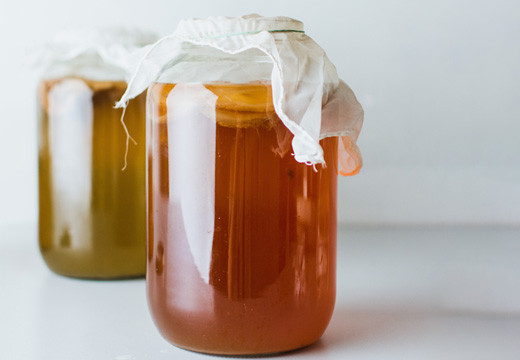 Kombucha, mode d'emploi
Kombucha, mode d'emploi
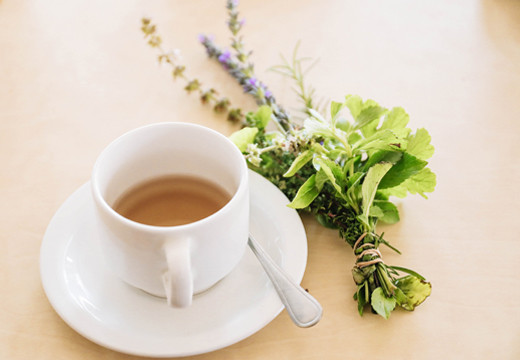 7 plantes pour mieux dormir
7 plantes pour mieux dormir
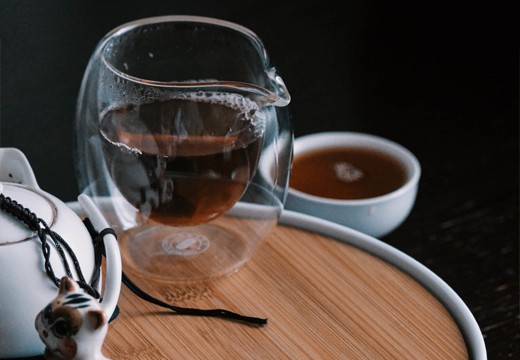 Le thé Pu-Erh : histoire, millésimes & bienfaits
Le thé Pu-Erh : histoire, millésimes & bienfaits
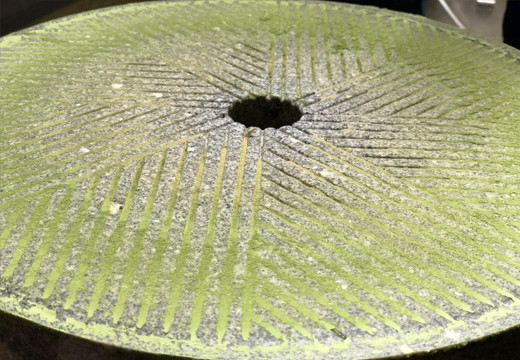 Japon : sur les terres du matcha - 2/3
Japon : sur les terres du matcha - 2/3
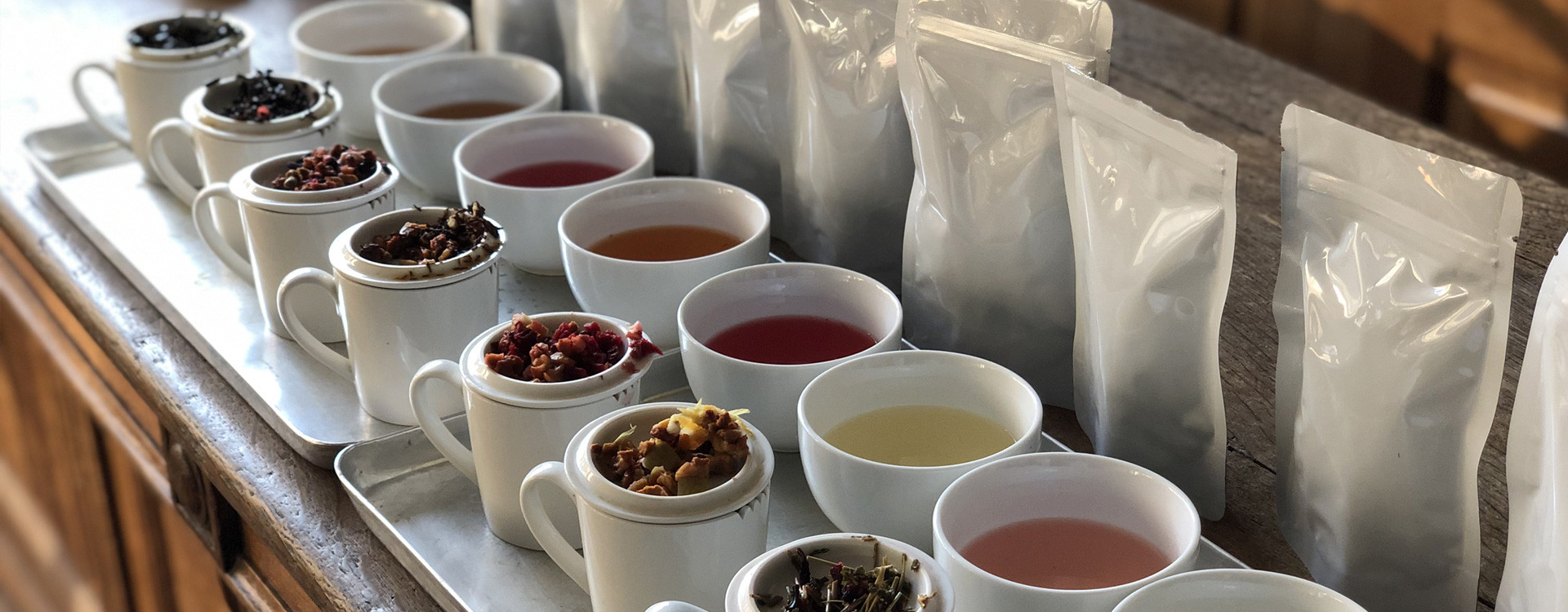
Latest comments